Remo Ruffini, as CEO of Moncler, has overseen the brand’s reinvention, with marked market success in recent years. He spoke with Whitewall for our winter 2016 Luxury Issue about making something that lasts, the pitfalls of fashion, and Moncler’s involvement in amfAR‘s “Art for Love” campaign.
WHITEWALL: You’ve talked candidly about how you’re averse to fashion, saying that it must be “survived.” But it seems you grew up in that world; your father had a menswear company and you had your own men’s shirting brand, the New England Company. So something must have drawn you to fashion at first?
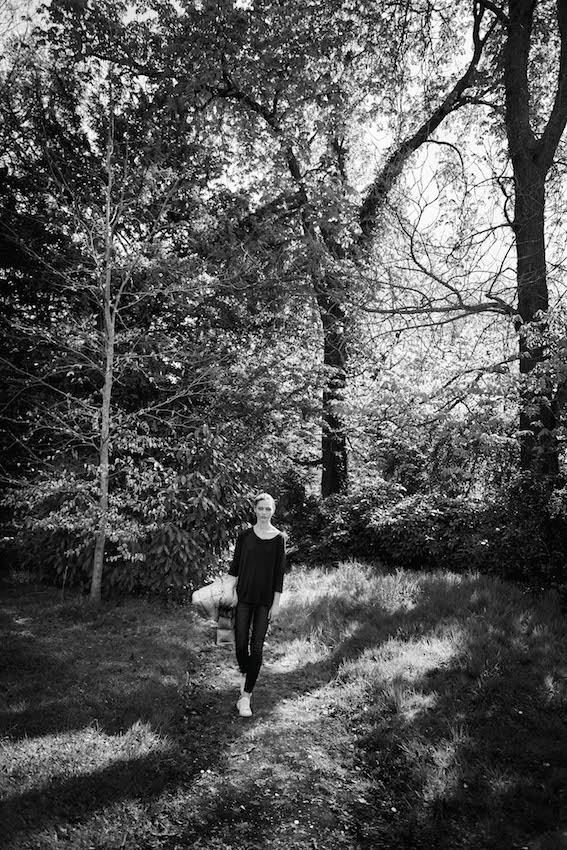
Photo by Peter Lindbergh
Art for Love
REMO RUFFINI: I don’t particularly like the term “fashion” when referring to trends; it is so “seasonal.” For me, it’s first of all creativity and consistency in creating long-lasting and quality products. Ever since I was a child my grandfather Gianfranco has been a role model to me; he has really influenced me. When I was growing up I lived in the U.S. for a while, on the East Coast specifically, where I was deeply attracted to the understated elegance and simplicity of the great families. Camelot, Hyannis—the beautiful Kennedys and their easy, classical flair, with their timeless elegance and classical touch. I think that relaxed, effortless chic influenced me forever.
WW: You came to Moncler at a time when the brand was not doing as well financially, and oversaw its current success in the market. What potential did you see in the brand then?
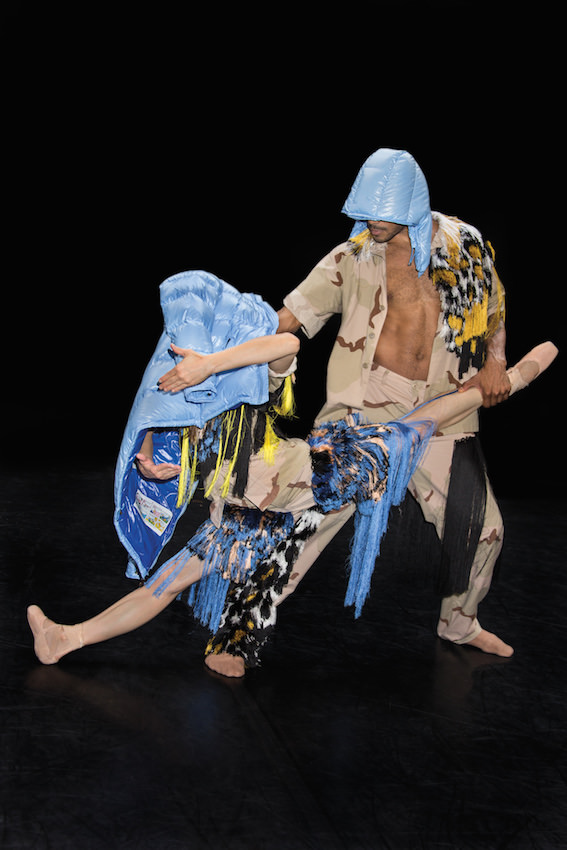
Photo by Roxanne Lowit
Art for Love
RR: The great heritage and history of Moncler was unique. It was rare to find a brand with such deep roots in tradition. Moncler has always been an outstanding brand: Quality and performance make Moncler jackets unique. The goal at the time was to bring the brand into the future starting from its origins. And the evolution is still the most attractive challenge.
WW: In an interview you said that “a fashion company can be fantastic but . . . I want to make something that really lasts.” How do you see Moncler outside of fashion? How do you maintain that, and why is that so important for you?
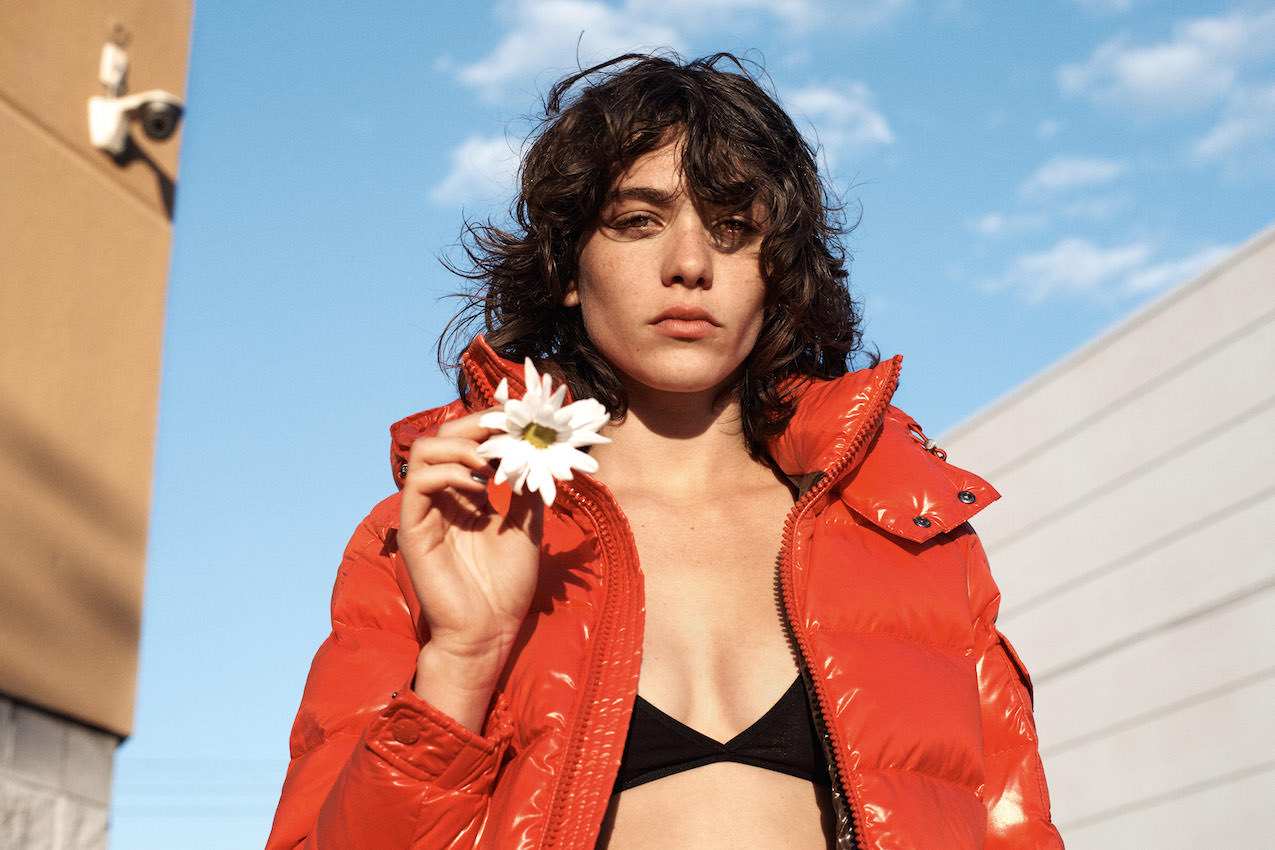
Photo by Josh Olins
Art for Love
RR: I wanted to create value starting from the product that to me is the most important topic. The future of a company, in my opinion, is linked to the knowledge and the perception of the brand. It could happen that you have a raise, in terms of turnaround, but it’s more important to have a growth of the knowledge: Step by step people have known Moncler as puffy jacket until they came to the point where the real value is the brand recognizable as a quality choice. That’s a kind of investment that assures strong bases for a tangible growth.
WW: You’ve said that you measure the success of Moncler by its perception and by the product. We read in several places that you begged your mother for a Moncler jacket when you were 14. What was your perception of Moncler then?
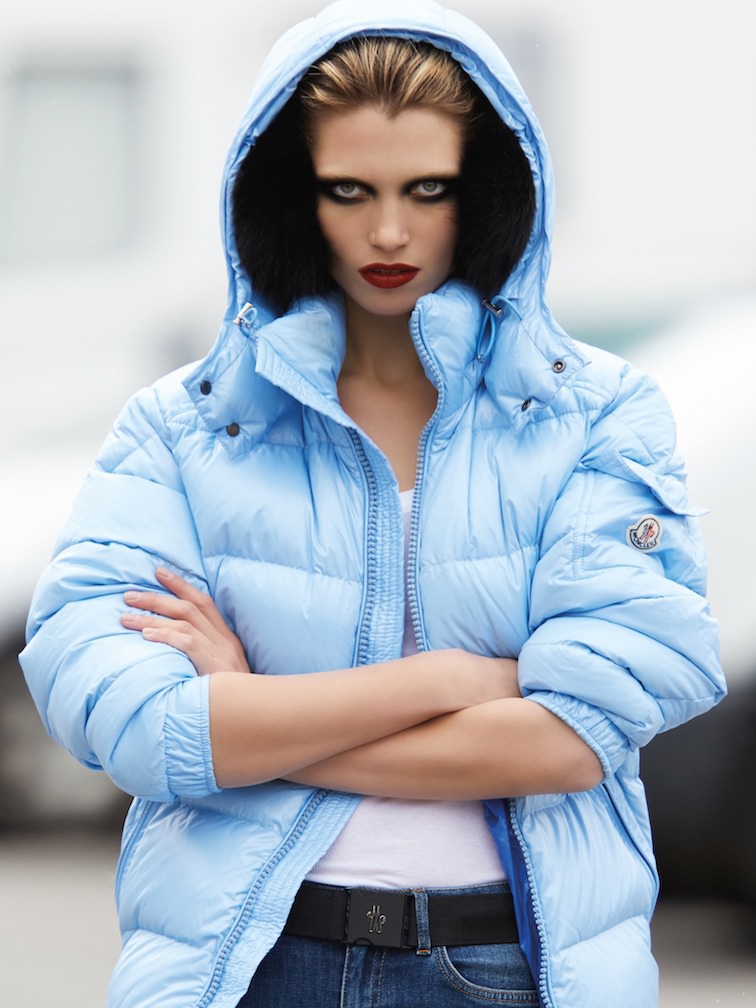
Photo by Hans Feurer
Art for Love
RR: I was born in Como, very close to the Swiss border. When you woke up in winter it was freezing cold and slightly icy outside, and if you rode a bike to get to the school, the only thing you were dreaming of was something that can keep you warm. So I begged my mother to buy me a Moncler jacket, at that time very popular among youngsters, and I still remember that first morning I used it. I felt so comfortable as I could fight the cold!
WW: Last fall, you were involved in a big project with amfAR, “Art for Love,” where you asked over 30 photographers to interpret the Maya jacket on a muse. Why did you want to play with this idea of photographer and muse?
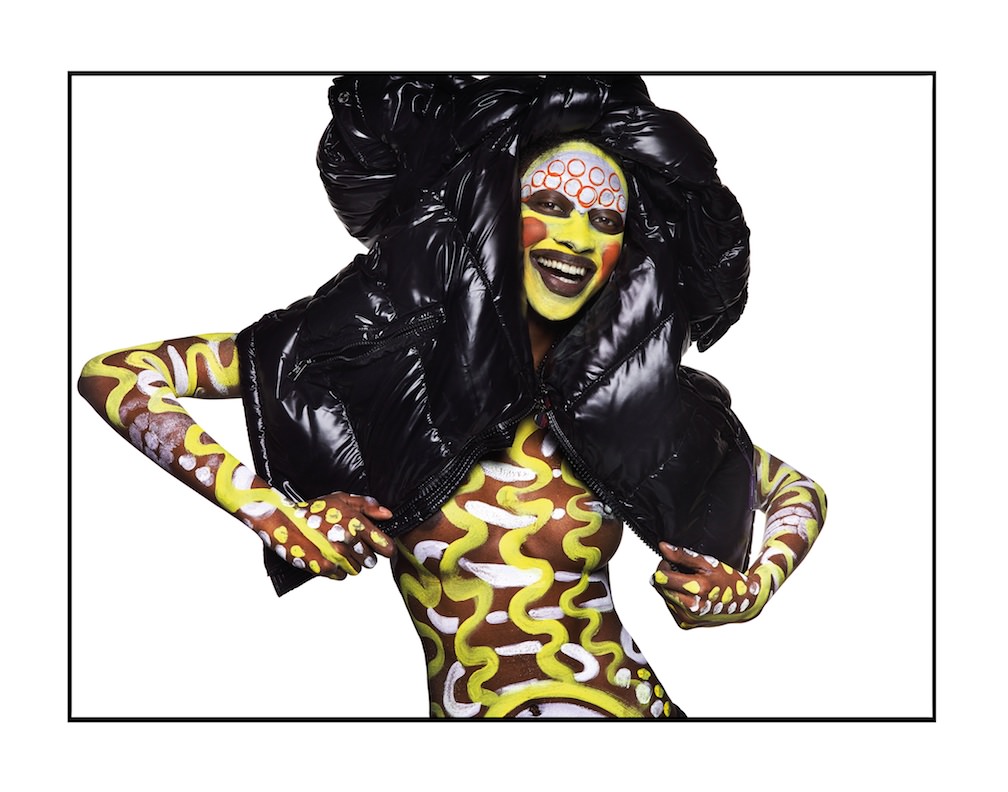
By David Bailey
Art for Love
RR: I wanted to promote a photography exhibition that could combine my passion for photography and my work as well as address a social issue. “Art for Love” was born from this idea. I wanted a project that could facilitate Moncler’s “giving back” and I knew it needed to be a big project. I have always been passionate about photography, and I thought our iconic Maya Moncler jacket, which has been around for more than 60 years, would be the perfect subject for these masters’ lenses. The big picture was to allow Moncler to participate in fundraising for research and support amfAR’s mission to find a cure for HIV by 2020.
WW: Do you have any personal favorite photographs in the exhibition?
RR: Photography has always fascinated me, and every photographer involved in the project was able to freely interpret the Moncler Maya jacket in their own way and each of them ‘bared’ their soul along with Moncler for this project. So to me every single shot from the “Art for Love” series is special and unique.
WW: In terms of product, how would you describe your role in the design process at Moncler?
RR: I am directly involved in every creative aspect of the brand, from the product to the communication. Every talent I work with from a designer, artist, to a photographer should bring their vision and personal touch to the brand, but everybody has to work with one central idea in mind and use one mutual language: the Moncler world.
This article is published in Whitewall‘s winter 2016 Luxury Issue, out now.









